
Crowded teeth are a common orthodontic problem that can affect your smile, self-esteem, and health. It can be treated with teeth straightening appliances like braces under the supervision of qualified and experienced orthodontists.
This blog article will help you understand these types of teeth. What is it? How to correct it? And more.
What are crowded teeth?
Crowded teeth are also known as overlapping teeth. It happens when the teeth struggle for space in the mouth due to improper tooth growth, resulting in twisted and misplaced teeth.
These teeth compete for space when they erupt, forcing them into abnormally crooked positions due to jaw size problems that are genetic or caused by different external factors.
It becomes a common occurrence in children around the age of six when the baby teeth start to fall out to make place for permanent ones. However, adults with crowded teeth are also frequently seen.
Losing primary teeth prematurely or too late, or having improper tooth eruption, can result in this.
Various issues like cavities and gum problems could occur due to this dental alignment problem. To avoid tooth decay or other problems, treating dental crowding with efficient and closely monitored orthodontic care is crucial.
What causes crowded teeth?
Teeth crowding is caused by several factors. Genetics also plays a part in this. When there is insufficient space in your jaw for all of your teeth, the teeth can take the simplest path. This can cause crowding teeth.
The additional or external factors include:
- Facial or dental trauma
- Malocclusion (misaligned jaw)
- Poor repetitive behaviours such as thumb sucking, use of pacifier or bottle, tongue thrusting, and mouth breathing.
- Poor nutrition
- Poor oral hygiene
- Cleft lip or palate issues
- Irregular eruption of permanent teeth
- The earlier loss of primary teeth
- The teeth are bigger than the jaw
Types of dental crowding
It can be classified according to its origin. Teeth crowding is influenced by your jaw size and your number of teeth. It could affect the teeth in your upper or lower jaw’s front (anterior) or back (posterior) areas.
- First – This particular form of misalignment has a hereditary origin. Oversized or underdeveloped jaws cause it.
- Second – This type of crowding is caused by poor oral habits such as prolonged use of pacifiers and bottles, thumb sucking, and mouth breathing. It may result in premature loss of baby teeth.
- Third – Without enough space, the wisdom teeth can crowd the entire mouth by pushing out the adjacent teeth.
Degrees of crowded teeth
It may be mild, moderate, or severe, depending on the size of your jaw and your account of teeth. It may impact the teeth in the front (anterior) or back (posterior) of your upper or lower jaw.
Can crowded teeth cause problems?
Yes. Crooked teeth may lead to
- Bite and digestion problems
- Difficulty in brushing and flossing
- Gum disease
- Tooth damage
- Bad breath
- Speech difficulties
- Low Self-esteem
What are the crowded teeth treatment options available?
There are several options to correct crowded teeth. The following types of equipment are commonly used to treat dental crowding.
1) Orthodontic Braces
Braces are the most common treatment option for misplaced teeth, especially in children. People wear braces not only to correct their smile but also to fix their jaw. They get braces for both aesthetic and functional reasons.
There are different types of braces, including
- Metal braces
- Ceramic braces
- Lingual braces
- Clear braces
2) Invisible aligners
This procedure is incredibly effective in straightening teeth and reducing crowding. Patients like the distinct appearance of clear aligners since they are almost invisible when worn and produce outstanding results quickly and effectively.
Teenagers and adults with crowded teeth have a great option for Invisalign treatment.
3) Veneers
Dental veneers are customized, tooth-colored shells made of porcelain or resin composite. It reshapes a patient’s teeth rather than applying pressure over them as braces or aligners do.
In other words, veneers can give you a straight smile by permanently changing the appearance of your crooked teeth.
They are not suitable for children with dental crowding.
In many cases, teeth braces and aligners are recommended for treating severely crowded teeth before considering veneers.
4) Retainers
You might choose to use retainers instead of braces to straighten your teeth. A removable or fixed (lingual) retainer might be used for minor tooth crowding.
It may be preferable to braces since they are less expensive and require fewer dental visits. Fixed retainers are also less visible than braces.
5) Teeth extraction
When teeth are extremely crowded, it is necessary to extract them.
When placing a crown, your dentist must remove a piece of the tooth’s structure before placing a metal or porcelain cap on top of the teeth.
However, this is not the best solution because it requires the removal of some healthy tooth tissue. Consult your dentist first if you want to attempt this method.
Begin today on the path toward a more confident smile.
Bottom line
Dental crowding increases the risk of developing tooth decay and gum disease because they are more challenging to clean and floss.
Straightening these teeth can be easy and reasonable.
Please schedule an appointment and visit our clinic today for the best solution for straightening your teeth and bringing out your confident smile.

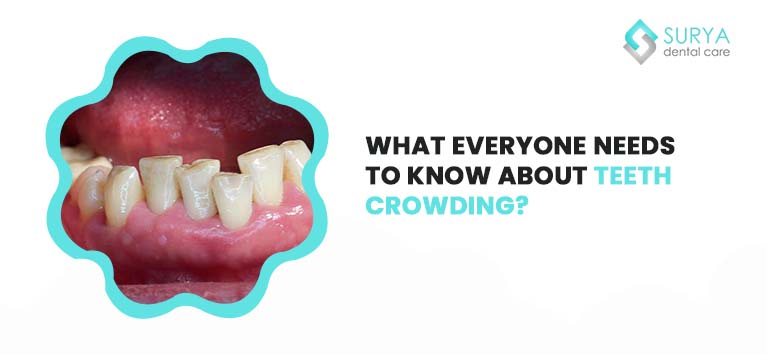




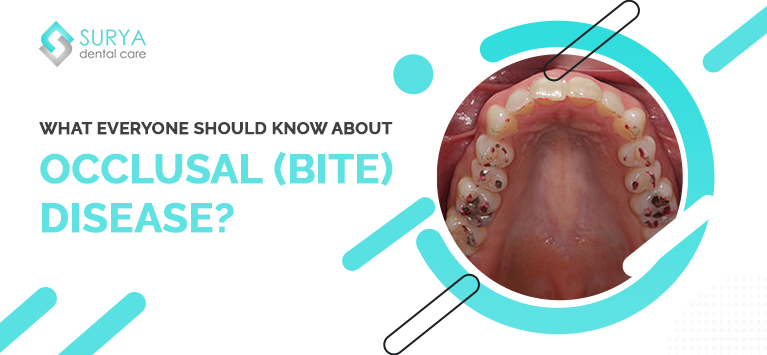
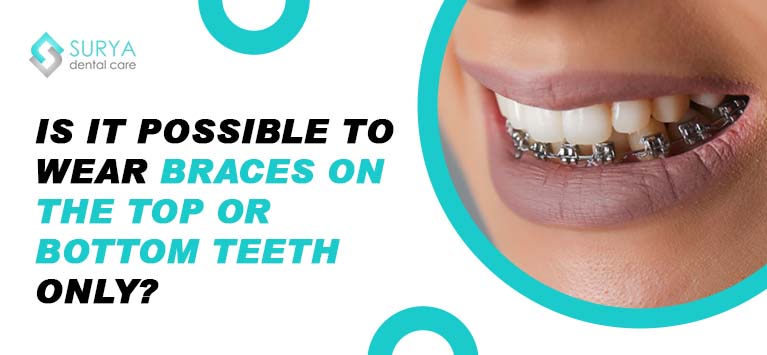

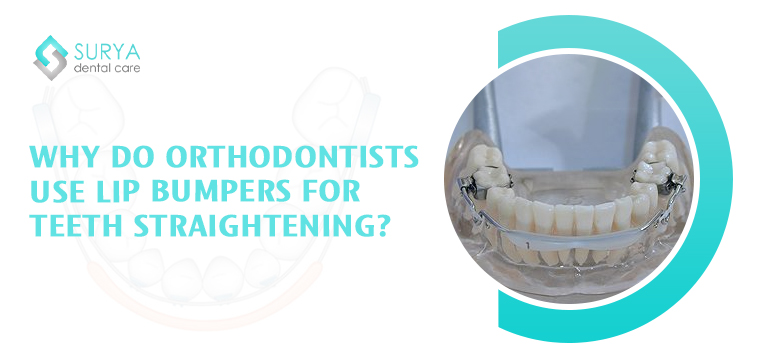
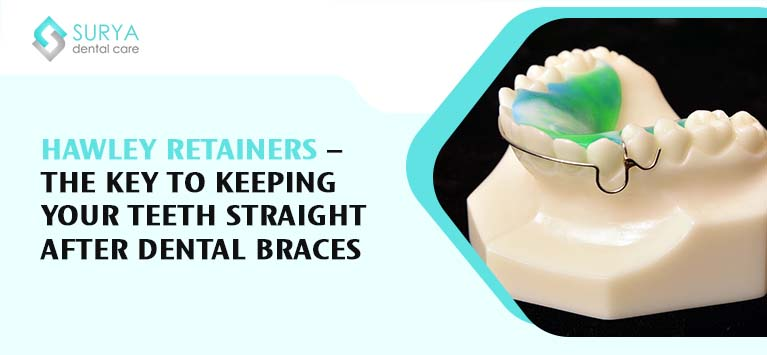
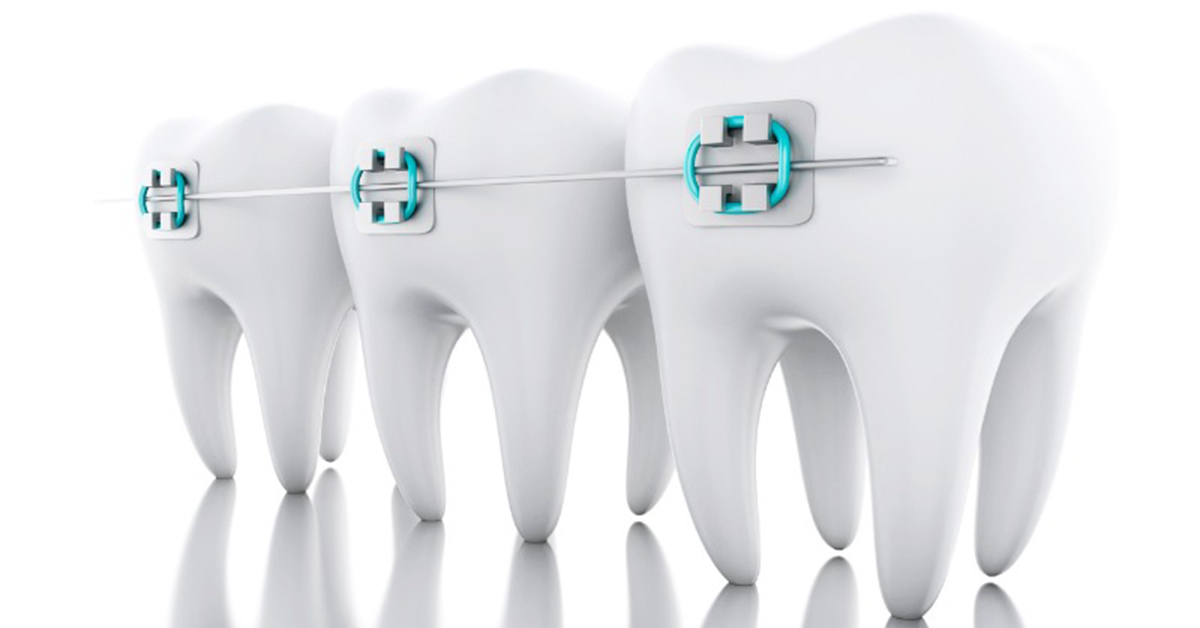
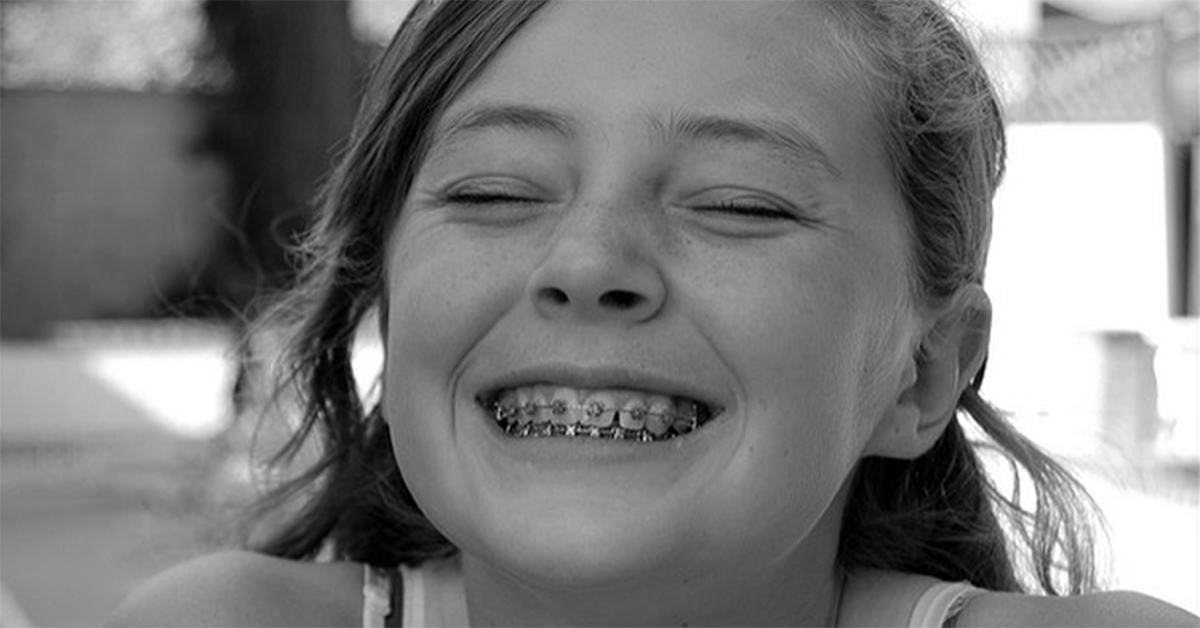
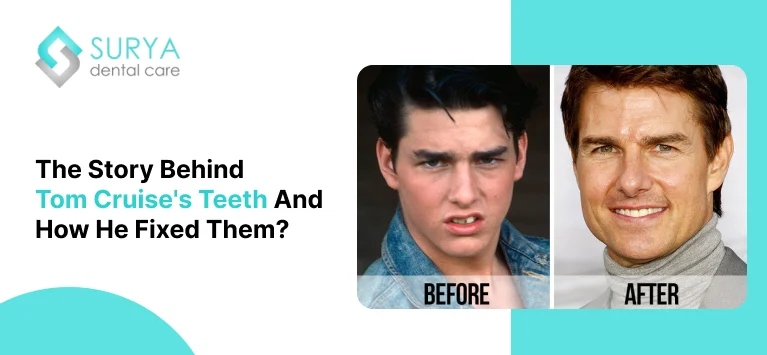
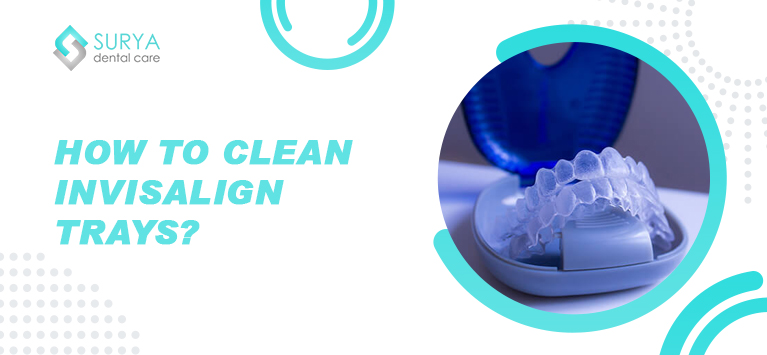
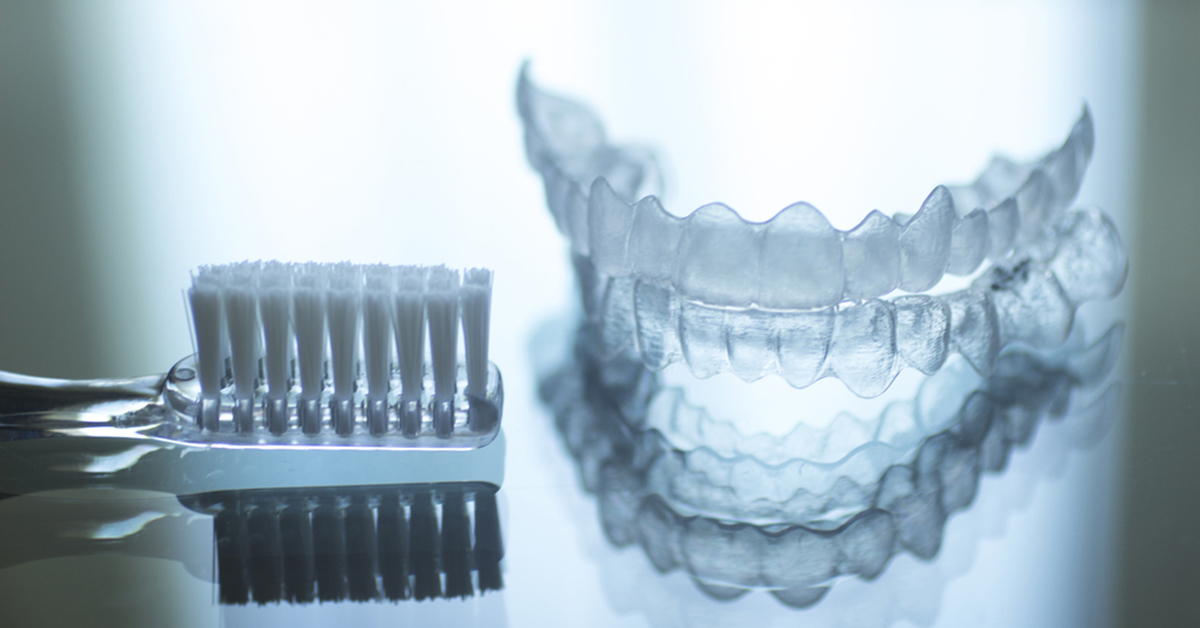
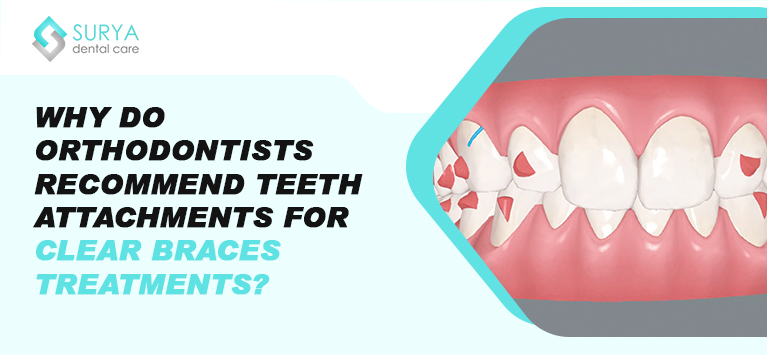
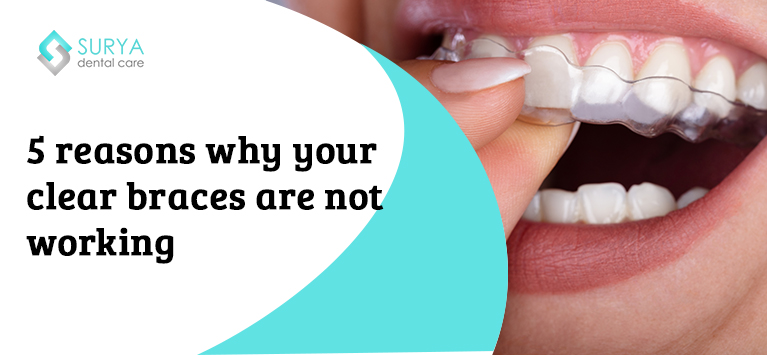




Leave a Comment